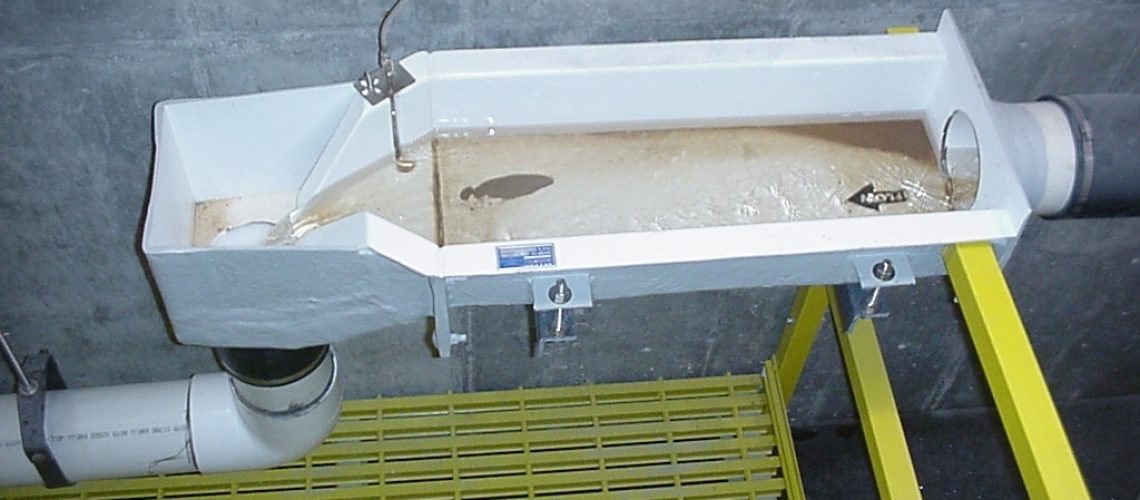When you have a flume, the vast majority of flume types have two possible conditions of flow. These conditions are free flow and submerged flow. While the former is always ideal, the latter doesn’t necessarily mean you can’t still get accurate flow rate measurements, depending on what kind of flume type you have. Still, it’s always better to avoid submerged conditions whenever you can. Learn all about the two conditions of flow, and discover how you can deal with each.
Free Flow Conditions
Free flow conditions are the ideal state for any flume. Put simply, free flow is when the flow passes through the flume without getting backed up. This is because the discharge and downstream conditions don’t allow any backwater in the flume. Because of these conditions, you only need to take a singular point of measurement to determine the flow rate of the channel.
One of the easiest ways to determine whether or not your flume is operating under free flow conditions is to look for the signs of submergence. If your flume is underwater, it’s obviously submerged, but there are other conditions to look out for as well. To spot free flow conditions easily, you can simply look for the hydraulic jump downstream where the supercritical flow meets the subcritical flow of the downstream water.
Submerged Flow Conditions
Submerged flow conditions are technically any conditions that reduce flow through a flume. The flume doesn’t necessarily have to be underwater entirely. As long as the velocity of the water coming out of the flume is low enough to create a backwater effect, your flume is technically submerged.
When you’re dealing with submerged flow conditions, it may still be possible to take accurate flow rate measurements if you have something like a Parshall flume. You’ll just need to take two points of measurement. The first will be at the head and the second is at the throat. Divide the latter by the former, and you’ll have the submergence ratio expressed as a percentage.
Depending on your flume size, you may find that your flume isn’t technically submerged. For example, if you have a 10′-50′ flume, you’ll need a submergence ratio of 80% or higher to be submerged. For a 1″-3″ flume, however, submerged conditions occur at 50% or higher.
Solving Submergence
If you’d rather not deal with submerged conditions, there are some remedies available depending on your specific situation. Since submergence is caused by downstream conditions, the most common solutions involve altering the downstream conditions, though those aren’t your only options.
If you’re dealing with an earthen channel, adjusting the downstream conditions may be as simple as removing any sediment or vegetative growth. Alternatively, however, you can alter the flume itself. Raising the flume to a higher elevation will reduce the submergence ratio, and that may be enough to bring you under the threshold for submergence. Just make sure it works with your upstream conditions, as you don’t want the flow to overtop the channel bank.
Flumes from Tracom
Now that you know about the two conditions of flow, it’s time to get a flume you can count on. Our team will work with you to create a
fiberglass flume that works well with your unique flow conditions. Contact us today to learn more!



